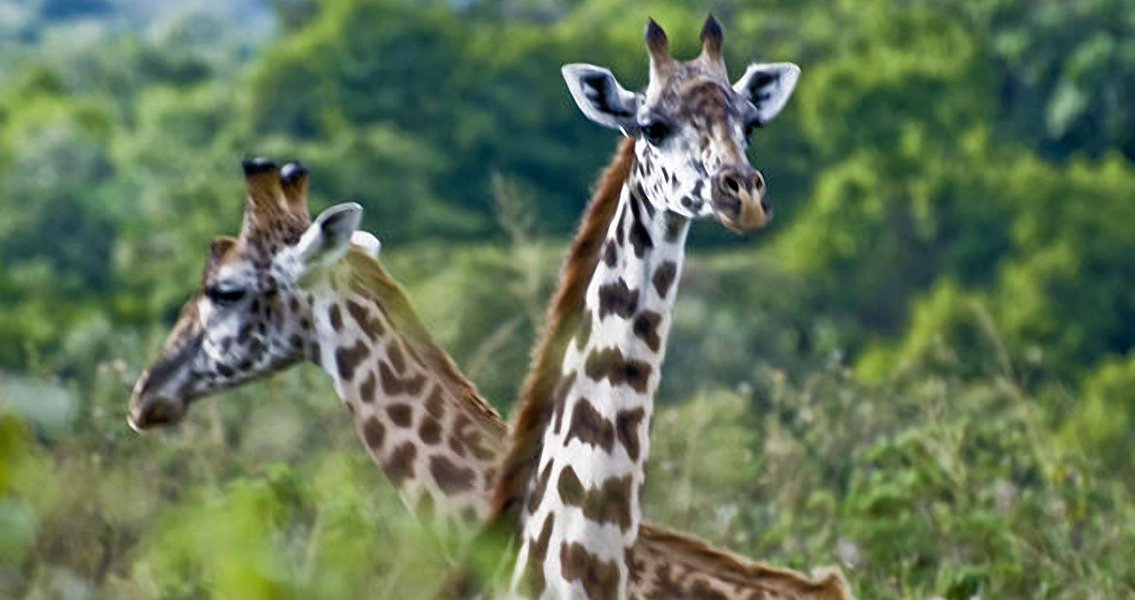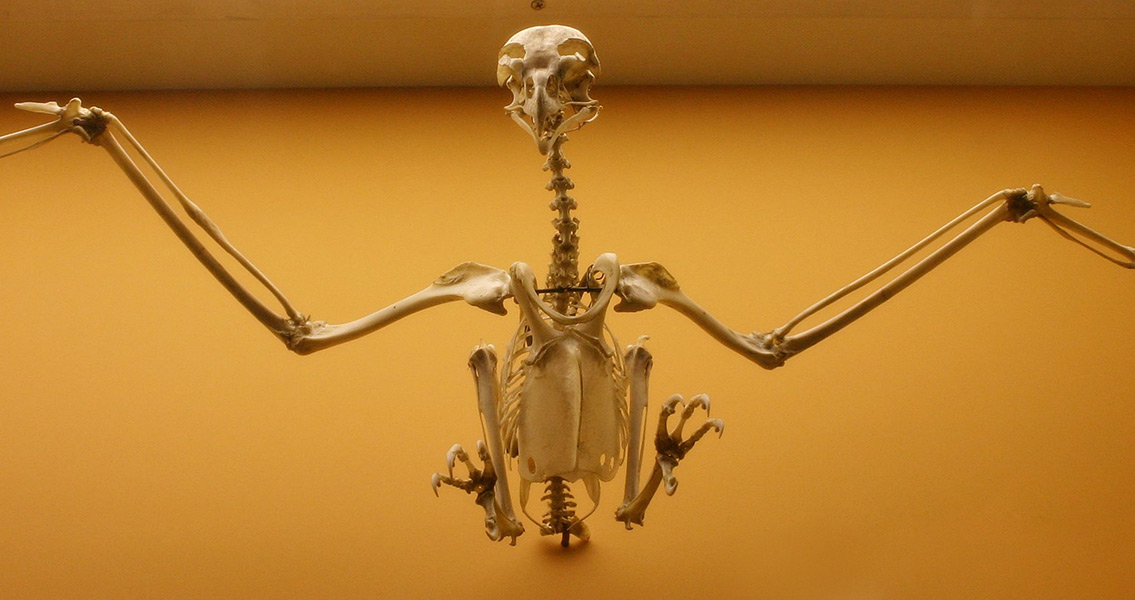Samotherium. Six million years later, the second stage of elongation took place, in the back part of the third cervical vertebra. Modern giraffes are the only species still surviving to this day that underwent both stages of the elongation, to get where they are now, with their third cervical vertebra similar in length to the upper arm bone of an adult human. Meanwhile, the okapi only experienced the first stage of elongation and over the following millions of years its neck underwent a kind of reverse evolution, with the animal ending up with a shorter neck than it had started with. The giraffes, National Geographic author Brian Switek notes, are not the only animals in history with superlong necks. The rest, however, were all dinosaurs, whose neck evolution involved the emergence of additional vertebra. Giraffes only have seven cervical vertebrae, like humans. Apparently, Switek writes, the giraffes were constrained by their mammalian anatomy, so they evolved long necks in other ways. The team responsible for the research verified its findings using a mathematical model that showed how the cervical vertebrae would develop over these millions of years, Live Science reports. According to the model, after the initial lengthening that Samotherium underwent, its third cervical vertebra would need a second phase of elongation, which confirmed what the researchers found from the fossils they had studied. Regarding the purpose of the long necks, Melinda Danowitz said that both possible reasons – reaching food and gaining a fighting advantage (for the males) in order to improve mating chances – remain valid possibilities. The debate as to which one was the driver of this unique neck evolution will probably continue but at least there will be more clarity as to the mechanism behind it. For more information: “Fossil evidence and stages of elongation of the Giraffa camelopardalis neck ” Image courtesy of Wikimedia Commons user: Fiona Bischof]]>







